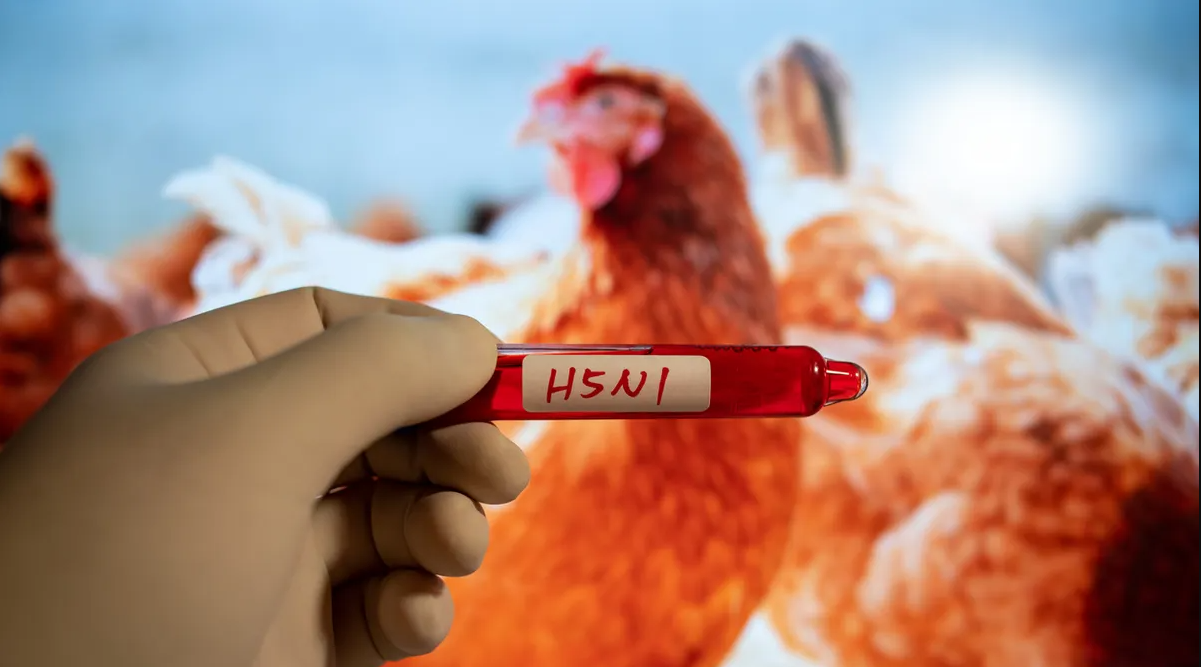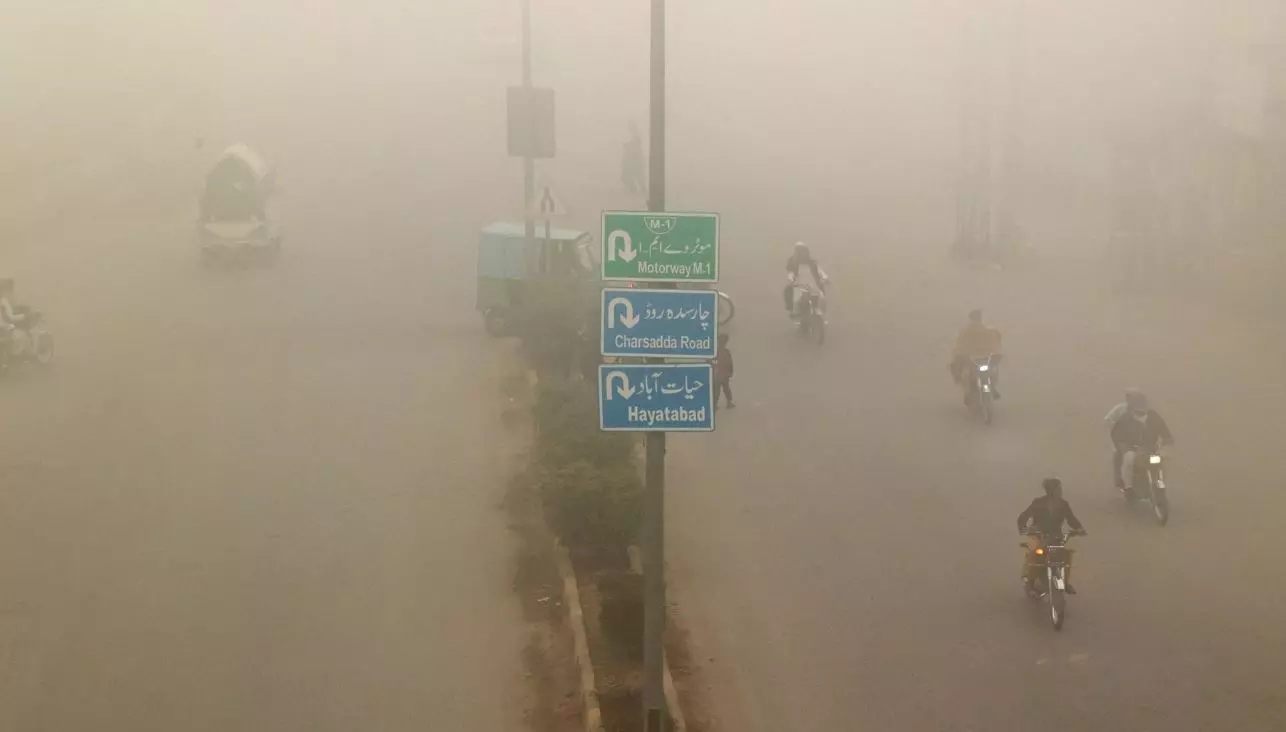The spread of bird flu among poultry and dairy farms has heightened concerns among health experts regarding the safety of disposal methods used for infected birds. Recent incidents and data have underscored potential risks associated with the processes of killing and disposing of infected poultry, which could inadvertently spread the virus to humans and livestock.
The Centers for Disease Control and Prevention (CDC) reported that extreme heat during the asphyxiation of chickens using carbon dioxide on a Colorado egg farm contributed to five human bird flu cases, the largest cluster in the United States. This highlights the need for rigorous protective measures during the culling process. Workers exposed to the virus experienced mild symptoms, including respiratory issues and pink eye.
Dr. Michael Osterholm, an infectious disease expert at the University of Minnesota, emphasized that depopulation activities must prioritize worker protection to prevent viral transmission. The Colorado Department of Agriculture noted that culling methods are decided in collaboration with the state, farmers, and the U.S. Department of Agriculture (USDA).
Since early 2022, nearly 95 million chickens, turkeys, and other poultry have been culled due to bird flu outbreaks. The disease, which is fatal to birds, necessitates the culling of entire flocks to control its spread. The disposal of these birds is typically managed through composting, burial, or, less frequently, landfills. Composting involves covering the carcasses with materials like wood shavings and maintaining high temperatures to safely decompose the remains.
However, some poultry producers, such as Michigan’s Herbruck’s Poultry Ranch, have disposed of large numbers of chickens in private landfills. This practice has raised concerns, especially when a nearby dairy farm subsequently tested positive for bird flu. Despite this, whole genome sequencing confirmed that the landfill-disposed carcasses did not contribute to the dairy farm’s infection.
Federal and state officials, including John Clifford, former USDA chief veterinarian, and Myah Walker from the Minnesota Board of Animal Health, advocate for on-site composting to prevent virus spread. Brian Hoefs, the state veterinarian for Minnesota, cautioned against landfill disposal, warning it could attract scavengers and exacerbate the risk.
Overall, the recent findings emphasize the need for improved safety protocols and disposal practices to mitigate the risks associated with bird flu outbreaks.



